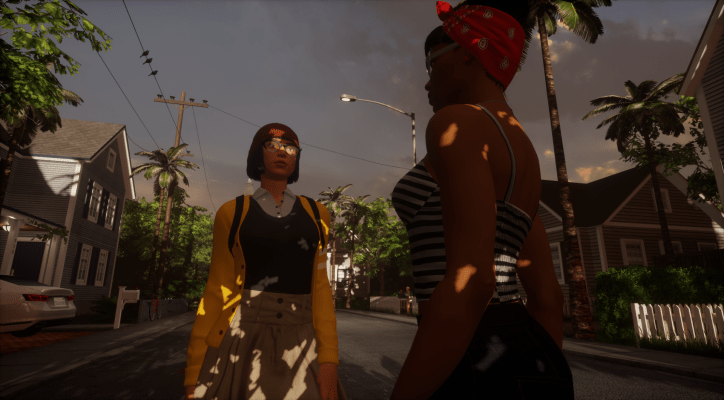Your third life is here (in beta).
The SF-based Linden Lab is at last launching an open “creator beta” of its VR-ready universe simulation, Sansar. The world creation and exploration title is expansive in its ambitions and still has a long way to go. After a lengthy creator preview in which early access was given to a couple thousand creators, there are 1,700 worlds to explore (some better than others, I imagine).
While last week’s surprise shutdown announcement for AltspaceVR, a social VR company that raised nearly $15 million, is still fresh on the minds, Linden Lab has the flexibility of profitability to help it guide its long-term vision for Sansar.
The company behind Second Life, a game which seemingly lost its wider cultural relevance more than a decade ago, has managed to make a ton of money as the title’s most devoted lifers have continued to shovel cash into the online simulation. Despite the nascent nature of the VR market, the company has shifted its focus to building Sansar, though Second Life will continue on as a unique, separate entity.
Linden Lab has the luxury of monetizing world creation from the very beginning. In Second Life, users pay a pretty hefty amount in order to rent land while things beyond that stay relatively cheap otherwise. For Sansar, the land you build on is free (for your first few worlds); the costs start stacking up when you visit the asset store to populate those worlds with objects. If you’re a budding 3D designer with time to spare, you can create a world customized to your liking on your own, but for those looking to drop a stock object like, say, a chair in their virtual home, they can drop some in-game coin on the product.
The company isn’t looking to be very subtle with its ambitions of creating a wide network of explorable worlds that will grow to rival reality. Over my last several meetings, the company has not shied away from discussions of metaverses and simulations. In our latest meeting, a copy of “Ready Player One” sat unacknowledged on the table in the conference room, broadcasting its ambitions further without saying too much.
What’s launching today is very much a beta product of what Sansar will grow to become, but the experience is oddly so polished in some areas while sorely lacking in others. As-is, Sansar allows virtual reality users a wide swath of user-created worlds to explore and the potential to build their own — what’s missing are the tools to make exploring these arenas more interactive.
Unlike most VR developers, Linden Lab opted not to rely on an existing game engine like Unity or Unreal but instead built their own custom engine for Sansar that’s wholly separate from what they built for Second Life. The limitations are pretty apparent early on, and while it is possible to build beautiful static worlds in Sansar, as an explorer you’re ultimately left with a sort of three-dimensional board game to traverse that’s generally only made dynamic by the multiplayer aspect. You can toss things like a basketball in some experiences, but the physics and controls themselves have a long ways to go.
Today, Sansar goes live on the HTC Vive and Oculus Rift, as well as 2D desktop experience on PCs.
